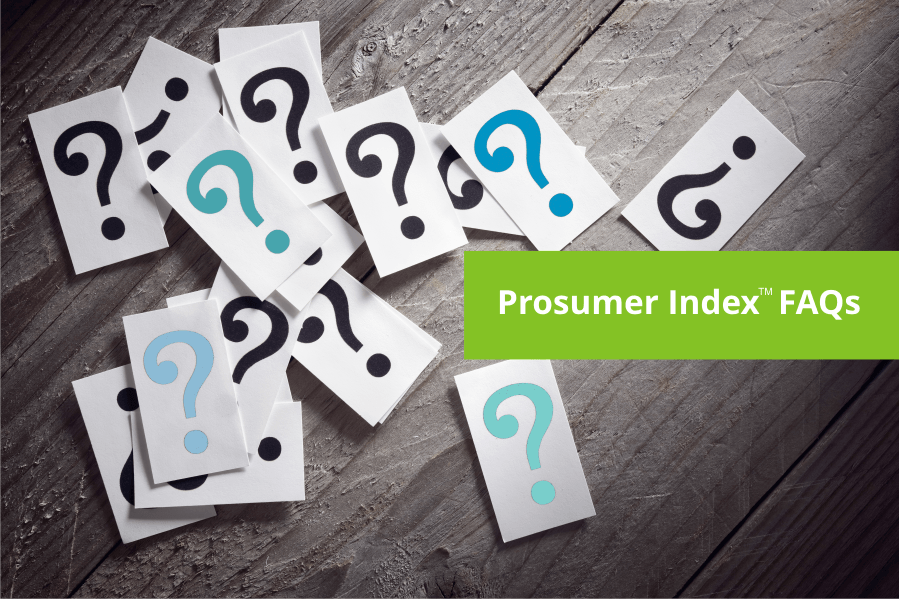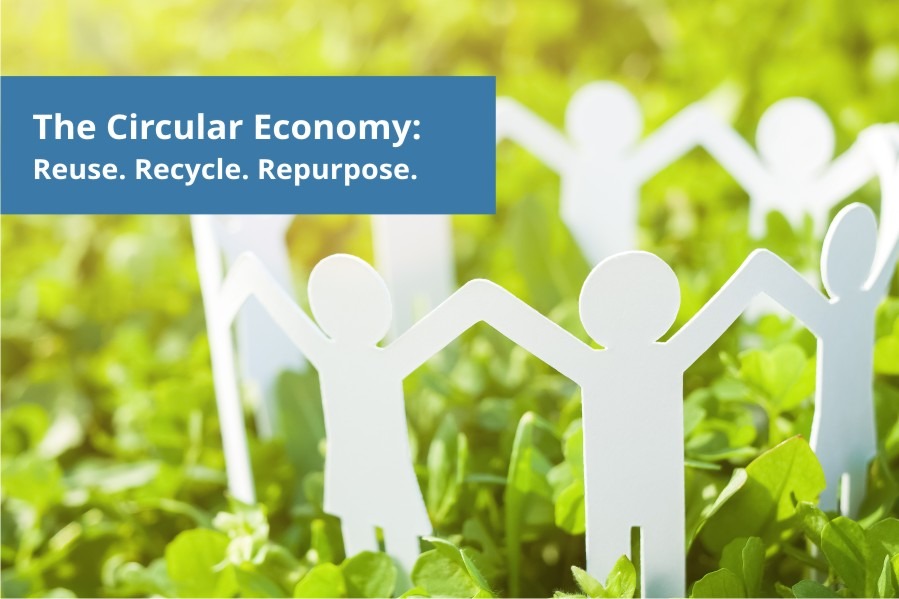Prosumer Index TM – Frequently Asked Questions (FAQs)
Find answers to frequently asked questions about the Prosumer Index ™.
1. How many components are in the index?
500. Several thousand companies and brands were evaluated, scored and ranked in order to achieve the final participants.
2. How is a company selected to be in the index?
Specific requirements regarding brand recognition, customer engagement and current market share must be met before consideration. Most importantly to be a component the product or service must be an active participant in at least one of five new economy marketplaces as defined by the index provider.
• The Platform Economy – Facilitates the ability to allow consumers and producers to directly connect to create economic and social transactions. Eligible Sub-segments include: Cloud Services, Apps/Software, PaaS, SaaS and IaaS, Subscriptions and Finance.
• The Experience Economy – Establishes the ability to gain fresh insights, self-discovery, and experiential events and have engaging interactions. Eligible Sub-segments include: Entertainment, Gaming/AR-VR, Education/Online -Learning, Holiday and Leisure Travel, Co-Created solutions.
• The Sharing Economy –Empowers individuals to connect through apps or web-based platforms that enable interconnected communities to get what they need from each other. Eligible Sub-segments include: Peer-to-Peer Services, Crowdfunding, Memberships, Skills/Work (Gigs) and On-Demand Fulfillment.
• The Lifestyle Economy – Classified as having exposure technologies and solution-based products that enable individuals to cultivate ways of living that reflect their preferred social and economic status. Eligible Sub-segments include: Smart Devices, Internet of Things (IoT), Wearables, Health/ Wellness Solutions and Home Improvement.
• The Circular Economy – Benefits from technologies that encourage sustainable development and, recovered/ reused resources. Eligible Sub-segments include: New Energy Storage/Smart Grids, Renewable Energy, Transportation, Agri-Tech and Environmentally-Friendly Solutions.
3. Must the brands and companies in the index be global?
No, but most are.
4. Are the brands and companies in the index public or private?
Both. Some are also subsidiaries or wholly-owned by public companies. A few companies on the list that have recently gone public and there are others that are poised to go public in the near future.
5. How often is the index reviewed?
Continually, but published annually.
6. Are the requirements to be in the index qualitative?
Yes. Specific market, growth and operational benchmarks must be met for inclusion.
7. Are the requirements to be in the index quantitative?
Yes. Specific brand and engagement criteria is considered, scored and ranked.
8. Can the indexed be used by others?
Yes. The index is free to use for educational purposes. For all other uses it must be licensed.
9. How can the index be licensed?
Yes. If you are interested in licensing the Prosumer Index, please Contact Us.
10. When was the index first launched?
September 1, 2019
11. Can you invest in the Prosumer Index?
Not directly. Some investment advisors have developed products using the Prosumer Index, however you cannot invest in the index directly.
12. Do you provide investment services?
No. We are not an investment or advisory firm. The index is for informational purposes only.
If you can’t find the answer to your question on this page, contact us and we will help you with any unanswered questions you may have.
Share Prosumer Index
Impacting Innovation. ProsumerIndex.com is an independent research site focused on identifying and following innovative prosumer-driven thematic trends that are driving the new economies and impacting global markets. This article is for informational purposes only and to provide general knowledge about Prosumers, related brands and companies. We do not provide investment advice or product recommendations. The information on this site should not be used as a substitute for business, professional financial, legal, accounting or tax guidance.




